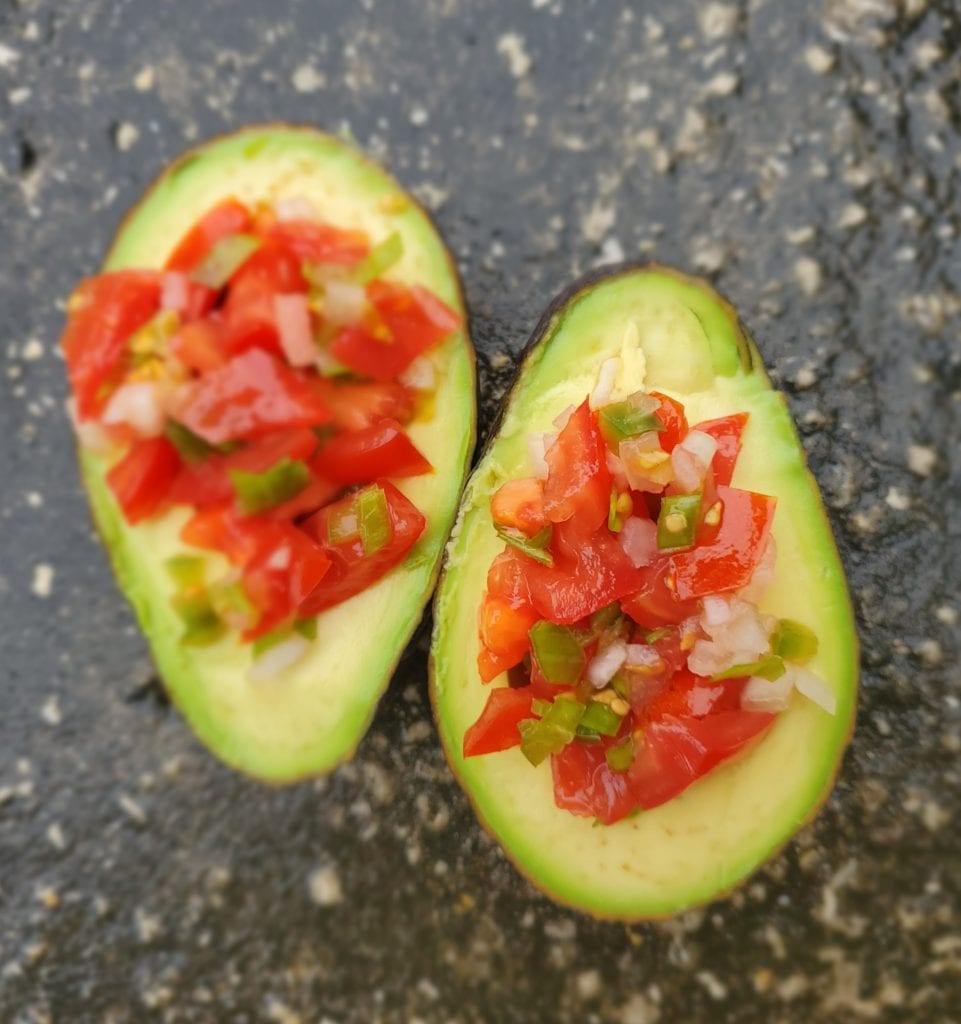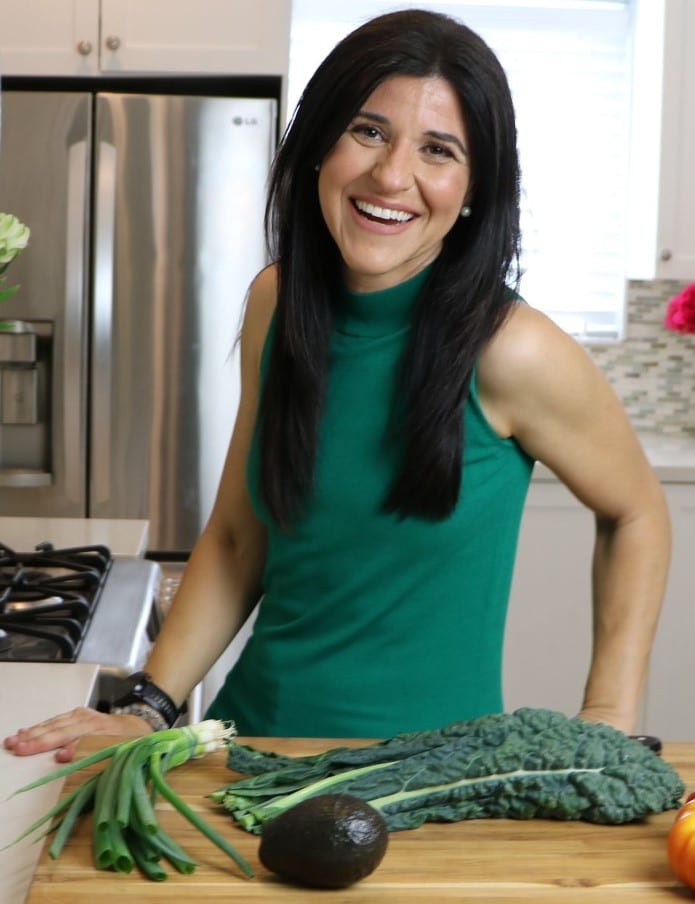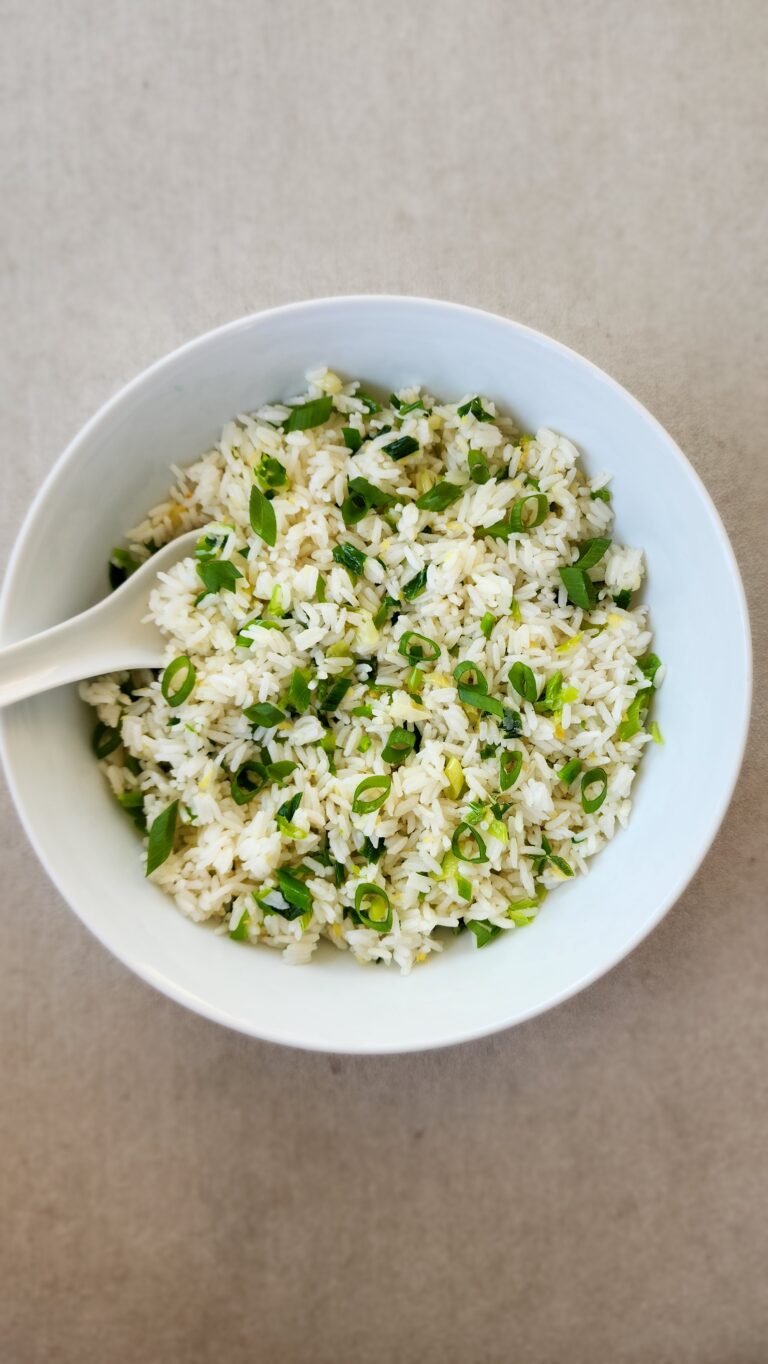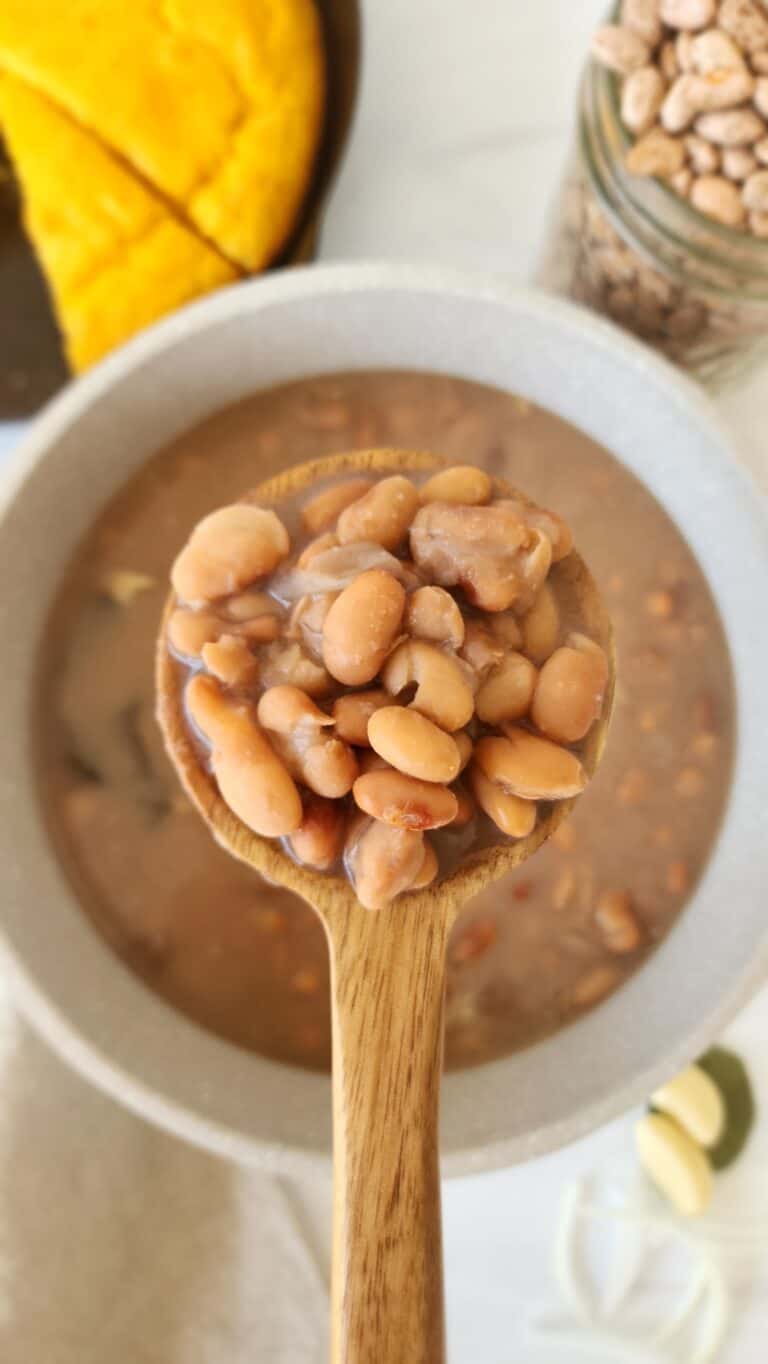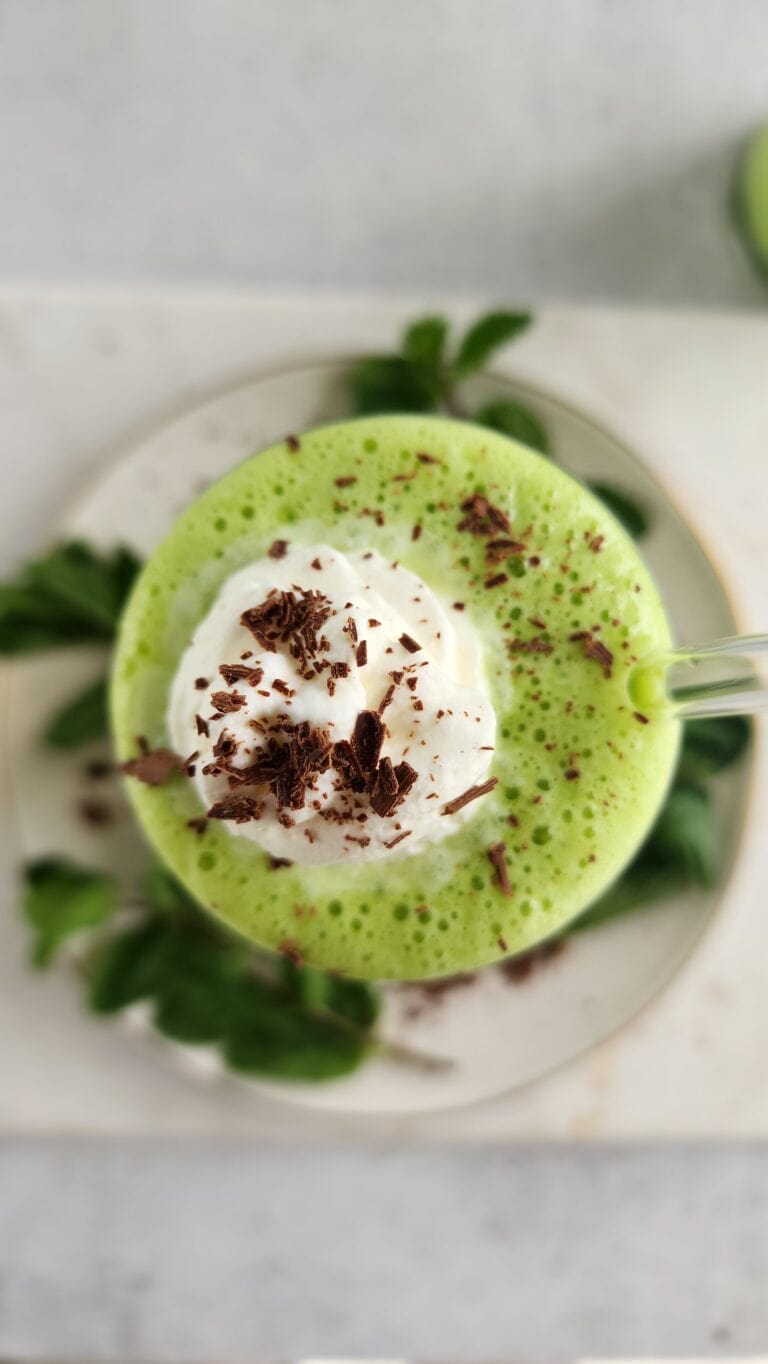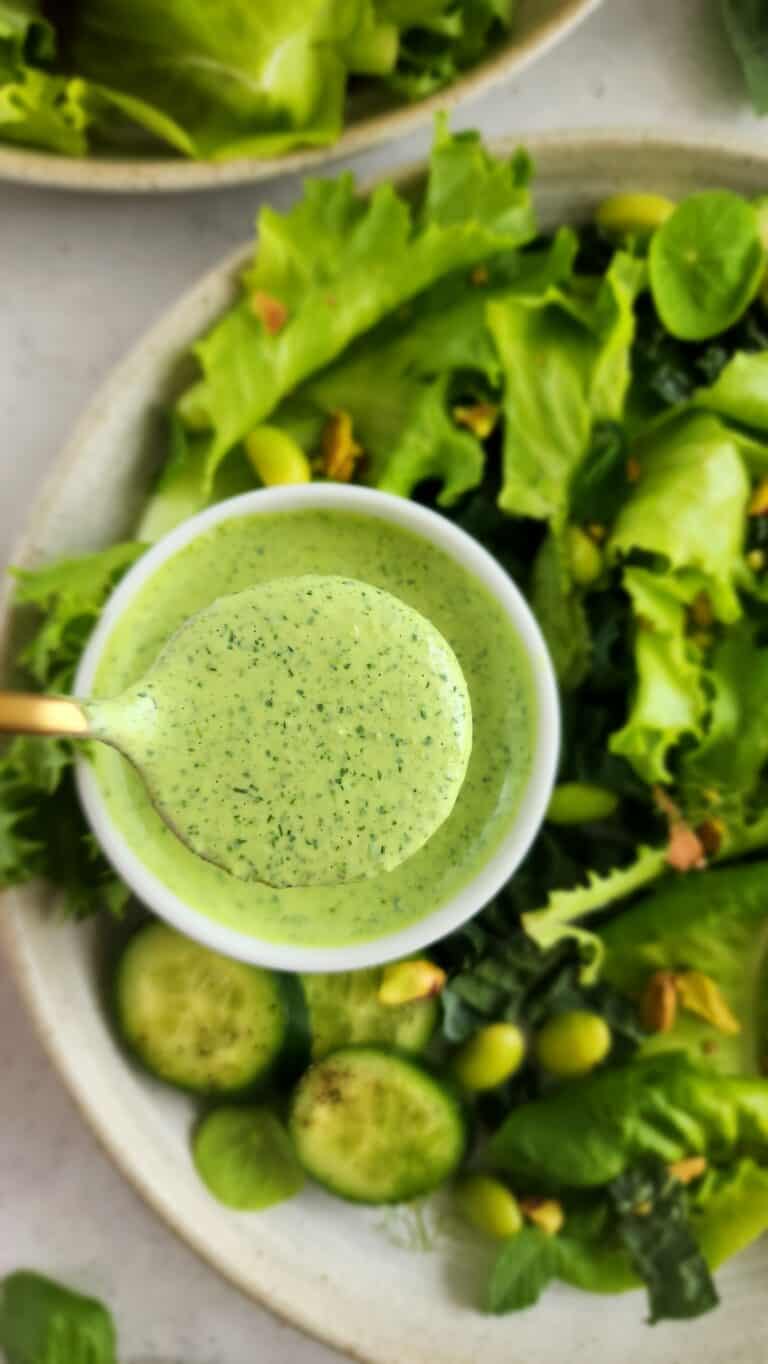I recently met up with a fellow dietitian and we started talking about the infamous “weight loss” topic. We see many patients for weight loss and I was curious to see if he thought more people needed to learn how to eat healthy or if people were there for a general counseling session. It’s hard for me as a dietitian to counsel on weight loss. That may sound odd, but it’s the truth. I may be able to educate you on how to eat healthy, but the bottom line is that there are often times many other issues facing the patients that contribute to their struggle with weight loss – stress at work, financial issues, relationship struggles – the list goes on. And until one is able to find a way to deal with these life stressors, struggles with weight will continue to persist.
So how do I counsel my patients? I take each patient into consideration and have them self-reflect to see where some changes can be made in their life. I believe that these small changes will add up to big results. I might throw a lot of ideas at them of where other changes might need to happen, but the choice is up to them – start with one change at a time. Don’t go trying to do: a three-day juice cleanse, a go to the gym every day for an hour, or NO CARBS EVER – because real life will sneak up on you and before you know it you’ve inched back into your old ways. These quick fixes don’t work in the long-term. I believe that people have good intentions and it’s not always about one’s will power. Truthfully I believe the reason that “diets” bomb is because of this “all or none” mentality. And it is a vicious cycle where it may work for a little while and in the beginning one is all gung ho, but then give it a bit of time and one’s good intentions start to falter and you feel demoralized and end up doing what you’ve always done. The truth is that sustainable weight loss lies somewhere in the middle ground – choosing one small healthy habit, implementing it and then moving on to the next – you start small without feeling like you’re changing EVERYTHING all at once. And the key is to find the small change that you need to make as no one small change will work for everybody. These small changes can add up to big changes! Here are a few suggestions for some small changes:
Track your food intake. Don’t change a thing of what you’re currently eating, but simply begin to measure the amounts. Portion control – you heard me. That’s what we’re after. Most people have NO idea what a real portion looks like. We’ve been too desensitized to portions thanks to restaurants – I mean everyone wants to get their monies worth, am I right??
After a day or two look back over your food intake to reflect and see what it is that you’ve been taking in. Periodically check back into yourself and start to log the food intake again – The simple act of writing this information down has proven to be one of the most powerful weight loss tools. The act of writing it down is about holding yourself accountable. You might also want to note how you were feeling right before you ate it. Were you angry, sad, or bored? We often focus so much on foods and calories, but our emotions are a huge part of our eating habits. (With many of the current applications, Fat Secret, My Fitness Pal, or Lose It, they will help calculate out your estimated caloric needs based on your height, weight, age, and estimated desired weight loss. This will give you an idea of what your estimated nutrient needs are, to be able to see how on point or how not on point you are). I am NOT a calorie counter – if that were the case, avocado would come out looking unhealthy compared to ice cream – and well, we all know that’s not the case. But I do believe that we need to make sure we are consuming enough CHOs/PRO/FAT and in the right combos.
Track Your Sleep. You may have heard that there’s a link between sleep and weight – and there is! Losing just 30 minutes of sleep each night can lead to long-term weight gain in adults (not to mention a range of other ailments: diabetes, metabolic syndrome, heart disease, stroke, and cancer). Adults typically need between 7-9 hours of nightly sleep (according to the CDC). If you know you’re lacking sleep, aim to get at least a little extra each night. Incorporate a soothing nighttime routine – meditate, have a warm bath (make sure to turn off your tablet – the blue light from the screen can disrupt your circadian rhythm). The key is to settle your wakeful brain to sleep mode – and aim for consistency.
Eat More Vegetables. You’ve seen the USDA’s “My Plate” where half the plate is vegetables? Well, eat MORE vegetables. I often call it the “fiber factor” with my patients. The fiber does a critical job in your body. Most people associate it with “aiding in digestion”, which it does, but more than that, it slows everything down and can give you a sense of fullness. This is critical when it comes to helping one eat fewer calories at a meal (as vegetables are often lower calorie). Let’s be clear when I say EAT more vegetables (I did say eat, NOT drink) – the non-starchy vegetables: Lettuce, spinach, kale, broccoli, cauliflower, mushrooms, asparagus, peppers, eggplant, zucchini, yellow squash, garlic, onions, and more. (Starchy vegetables like corn, potatoes, peas, and the winter squashes are technically classified as carbohydrates. They work quite differently than the non-starchy vegetables in the body). I’ve been challenging some of my younger patients, the kiddos (and even adults) to try one new veggie a week and try it in all different forms to maybe find the form they might like. For instance, with cauliflower, try it raw, steamed or roasted. You can even turn the cauliflower into cauliflower “rice” or make a cauliflower crust. As a side note, they say cauliflower is “in” this year – kind of like how kale had its time in the spotlight – although, I’m not really sure when it was ever “out”? Anyhoo, the key is to think outside the box when it comes to veggies and begin to incorporate more in for the fiber factor.
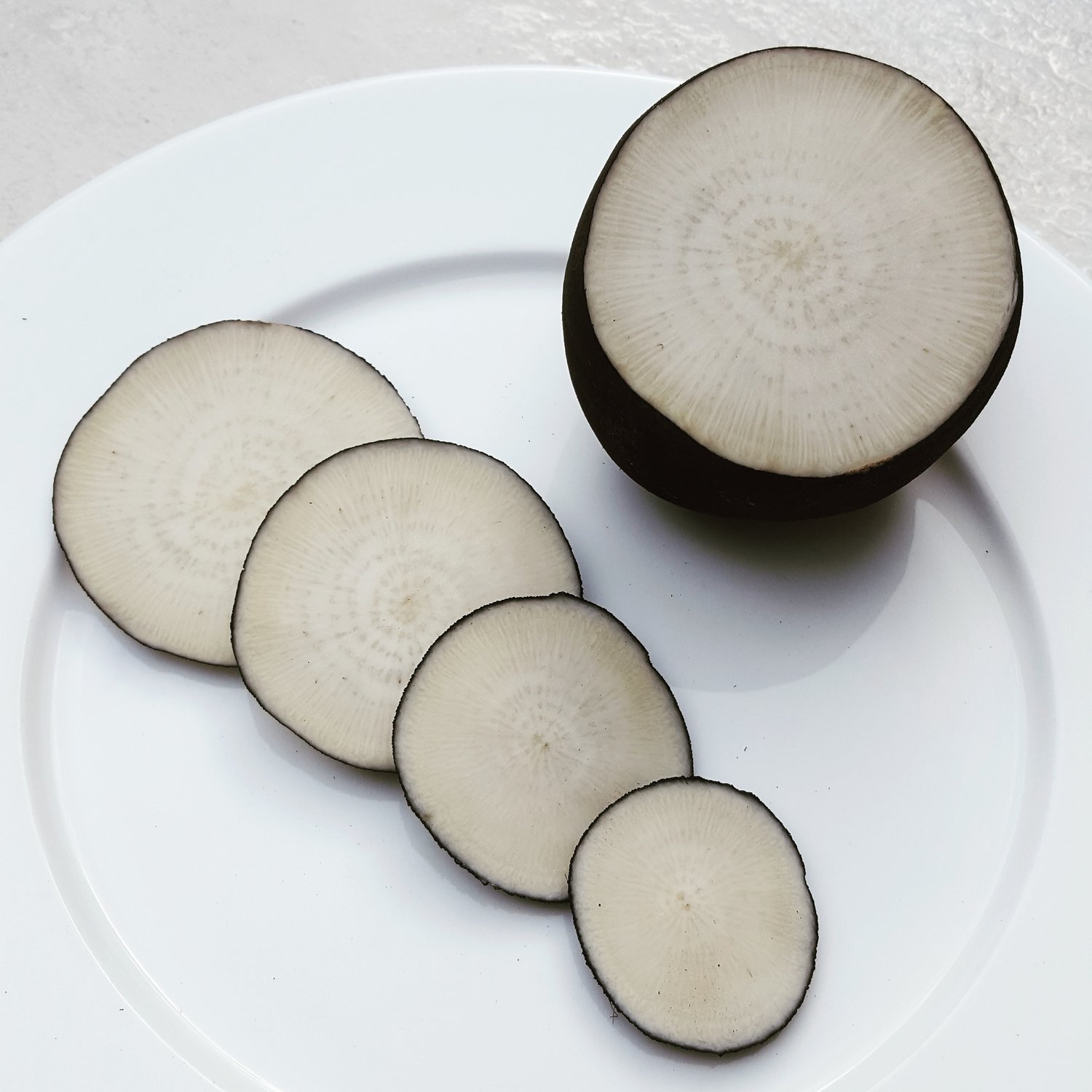
Move More. The latest trend has been and still is fitness tracking devices. They count your steps all day (and some even measure your heartrate!) I’ll admit, I’m a little bit obsessed with my Fitbit. Obsessed in a good way. When I first got my Fitbit, I started to notice that by the end of the workday I’d be averaging 3,000 steps in a day (just while at work). If I did my morning run I’d tack on between 5,000-7,000 steps on those days, but on the days when no exercise was happening, I was at less than 50% of what the recommended goal is of 10,000 steps/day. What I started doing over this last year, was beginning to incorporate a morning walk, a walk at lunch, or an evening walk. The key for me was simply moving more. I was conscious of the fact that my job was sedentary but seeing the steps was the motivation for me to use those 10 minutes I’d arrive at work early to go for a quick walk. The lunch time walk is important for me to simply get out of the building and get some fresh air (many times people think that they’ll get more work done if they eat their lunch at their desk. Sadly, that’s not the case.) I’d love to tell you I’ve gone every day this New Year, but that’s not the case. I could beat myself up and get upset about it or I can strive each day to get up and get moving and go for that lunch time walk! Remember, small steps. If hearing 150 minutes/week sounds like too much and un-obtainable, simply aim to get 10 minute intervals in when you can. The movement makes a difference.
Hydrate, Hydrate, Hydrate. And I’m talking hydrate with WATER. We’ve had an unseasonably hot and humid winter thus far in Miami (hello global warming). And with that humidity needs the replacement of the water loss daily through sweating, etc. More so, water is calorie free and the only drink that can truly quench your thirst. I had a patient the other day that was having 2 sodas daily (the 20 ounce bottle size). She admitted to being addicted to soda, but that was an additional 500 calories daily that by simply removing would allow for her to lose a pound/week. She knew that they were extra calories, but wasn’t quite sure of how to eliminate them completely. She wasn’t willing to eliminate them completely (too extreme), so I explained that maybe the way in which she could begin to make the change was to simply change the size of her soda. Instead of a 20-ounce, 240 calorie drink, could she be satisfied with their 8-ounce, 90 calorie drink. Remember, small changes. Sure I’d love for her to completely eliminate the soda, but I also needed to be realistic. She was willing to work on the amount that she was taking in when she realized I didn’t tell her to eliminate it completely. Believe me, the end goal is to remove sodas completely, but it’s all in how you approach it. We cut back 300 calories alone just with her drinks. I then proceeded to show her other ways in choosing healthier options at the restaurants she was eating at to cut back even more. Working where she was at and beginning to make small changes.
When making dietary changes, start small and set realistic goals. The path to a healthier lifestyle begins one little habit at a time. Make the commitment to making healthy changes and by this time next year, you’ll be in a much better place. Balance, moderation, variety, and one step at a time. It’s not a diet; it’s a way of life.

